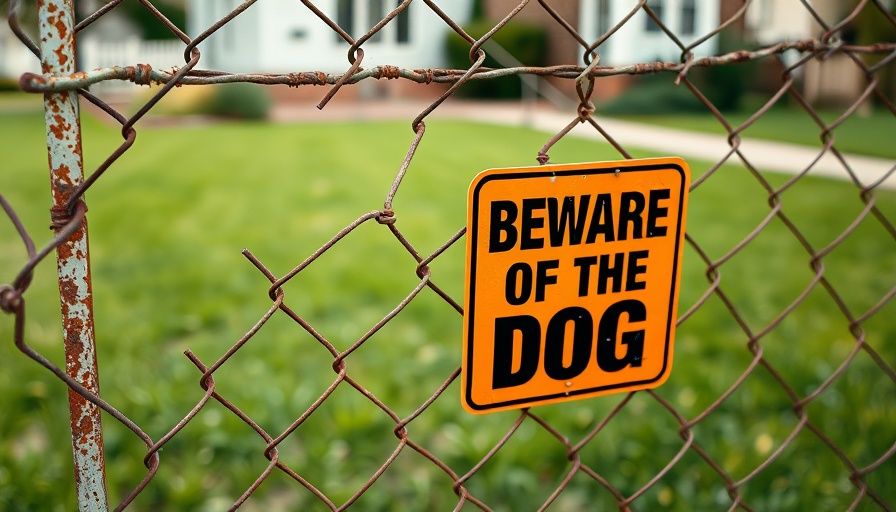
Spike in Animal Bite Reports: A Growing Concern in San Antonio
In a recent update from the Animal Care Services (ACS) department, San Antonio is experiencing a significant rise in reported animal bites, marking an 11% increase in cases compared to the previous year. The ACS Director, Jon Gary, noted not only the uptick in total bite reports but also a startling 54% rise in severe bite cases. This dual concern has ignited discussions on public safety and animal control measures in the city.
Understanding the Numbers: What’s Behind the Rise?
So far in 2025, the ACS has reported 268 severe bite cases, a substantial increase from around 174 during the same period last year. While Gary suggests that the rise in reported bites may be attributed to greater public awareness and a willingness to report incidents that might have previously gone unreported, there remains ambiguity as to what is fueling the marked increase in severe cases. He cautions that any conclusions drawn thus far are purely anecdotal.
Potential Causes: Free-roaming Dogs in the Spotlight
In a city with a population of 1.5 million, the sheer number of dogs may contribute to the rise in bites. Gary speculates that an increase in the number of free-roaming dogs is a likely factor and is urging greater public awareness of responsible pet ownership. With San Antonio’s warm climate and outdoor lifestyle, dogs being left unattended can lead to unfortunate encounters with both other animals and people.
ACS’s Strategic Response to Rising Bite Reports
In light of these troubling statistics, ACS is ramping up its efforts to manage and mitigate the situation. The department is enhancing its capacity for spay and neuter operations to help control the stray dog population and prevent further incidents. Gary reported that the ACS has been able to maintain an impressive live release rate of around 87% despite the influx of animals into their care, highlighting a commitment to animal welfare amidst rising challenges.
Looking Ahead: Long-Term Solutions Required
As Gary affirms, the path to reducing the number of animal bites will require “a good year or two of data” to fully assess the impact of current initiatives. Education programs promoting responsible pet ownership and strict regulations involving dangerous dog cases are also part of the ACS's strategic plan. Increased criminal and civil citations are being enforced, with a noted rise of 221% and 46%, respectively. The city council has also taken action by increasing fines for repeat violations of animal control laws.
Engaging the Community: A Collective Responsibility
The responsibility to reduce animal bites stretches beyond the ACS. Community involvement and participation are pivotal in turning these trends around. Public education campaigns against leaving pets unattended can help foster a sense of accountability among pet owners. The ACS is not alone in their efforts; many local animal charities and organizations are joining forces to educate the community and promote responsible pet care.
Moving Forward: What Can Residents Do?
For residents, understanding the risks and responsibilities associated with pet ownership is crucial. Consider attending community forums or workshops hosted by local animal organizations to learn more about pet safety and welfare. By taking proactive steps, San Antonio residents can contribute to a safer environment for both pets and people.
In conclusion, it will take concerted efforts and time to reduce the incidence of animal bites in San Antonio. Engaging the community, promoting responsible pet ownership, and supporting local animal care initiatives are essential steps towards creating a safer atmosphere for all residents.
 Add Element
Add Element  Add Row
Add Row 



 Add Row
Add Row  Add
Add 


Write A Comment